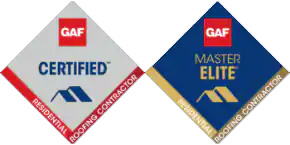Repair & Maintenance
When was the last time you had your roof, gutters and downspouts inspected?
When was the last time you had your roof, gutters and downspouts inspected?
Not maintaining these items can cause significant damage to the foundation and other components of your home.
Since roofing, gutters and downspouts are not prominent visually and are difficult to access, they are often overlooked until they have already been damaged and have become a problem. A working gutter system is an important component of your structure exterior. Gutters and downspouts should work with the roofing design to direct the rain water away from the structure, which helps to protect against the possibilities of water damage, icing or overflows. Gutters can be damaged during rain, snowstorms or heavy wind and torn away from the sides of structures.
Adding a basic roof, gutter and downspout inspection to your annual structural maintenance routine, will help identify any problem areas early on and can help save you money later.



